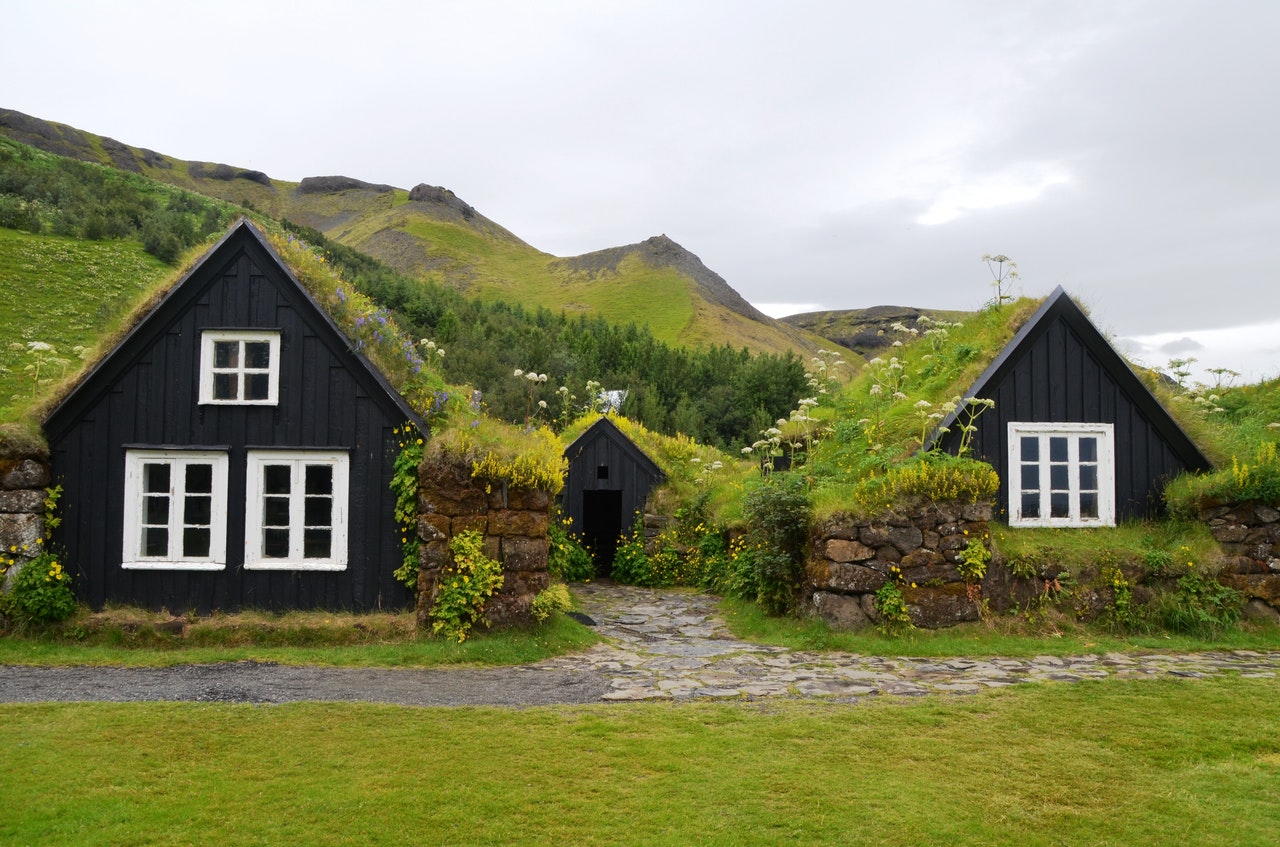
Sustainable Living
Beyond all doubt, sustainable home design not only has remained popular throughout the years, but it’s growing stronger. According to a report issued by the National Association of Home Builders, about one-third of home builders report that more than 60% of their current projects are done in a sustainable way, and over half of them expect to reach that percentage by 2020. Whether you’re looking for green ideas to remodel with or start a clean slate, these sustainable solutions are among the most popular.
Integral water filtration
Rolling up a home’s water filtration system into one unit is a trend that will continue to grow well into 2018. Increased health concerns and water crisis in some of the most populated areas motivated people to take the matter of their water quality into their own hands. Coupled with water conservation features like a smart irrigation system that responds to local weather, perhaps whole house water filters can solve the water shortages and help reduce floating PET islands in our oceans.
Small home villages
Unlike oversized ‘dream’ homes favoured by the Baby-boomers, the new environmentally conscious generations seem to favour living small and a sense of community. Although they don’t take up much of the real estate market for now (pardon the pun), these under 1000-square feet homes are a safe and affordable housing option for many people who prefer healthy lifestyles outside of urban establishments.
Use of cork
Forming an impermeable barrier between the precious vintage and the elements throughout history, cork nowadays has many other uses besides wines and bulletin boards. It’s a green and amazingly versatile product that many architects have picked for their design projects. Like hardwood timber floors, cork has a raw and timeless aesthetic appeal. Where health is concerned, cork is antimicrobial, absorbs toxins and it’s pleasant to walk on. As it comes directly from nature, no piece is identical to another. This means there are countless varieties of grain, texture and finishes. And the best part is that it can be sustainably produced as only the outer bark of the tree is harvested.
Sustainable landscaping
While perfectly aligned flower beads and golf-rate grass lawns were once a suburban ideal, the following year will promote the latest trend of native, drought-tolerant, low maintenance plants in our yards. By treating water as a valuable resource instead of utility, sustainable landscaping principles lean towards creating less rigid landscapes with types of vegetation that helps conserve water, fertilizers and pesticides, while supporting local wildlife. Typical suburban landscapes produce high amounts of garden and construction waste, with many of materials requiring a large amount of energy to make and transport.
Home energy storage
The demand for solar panels is increasing as the batteries capable of storing electric energy on utility scale are becoming available to individual households. The same type of lithium-ion battery that is used to power electric cars can also be used to store energy in the home. The high demand is enabling manufacturers like Mercedes-Benz, ElectrIQ and Tesla to increase their production, driving the prices down even more.
Sustainable building materials
The problem with concrete – the world’s most used construction material is that its production is responsible for huge amounts of CO2. Alongside the alternatives such as AshCrete, Ferrock and HempCrete, the most recent buzz is self-healing concrete. Containing bacteria that grows limestone when exposed to moisture, it fills any cracks that may develop over time. Reclaimed wood and weather-resistant metal are still on the top of the list. Metal cladding is a durable and sustainable alternative to other façade materials. Aluminium is the most popular cladding material in humid regions such as Australia, where many architects include aluminium composite panels in their coastal home projects.
Daylight harvesting
Daylight harvesting involves maximizing natural light, which helps to improve efficiency and productivity at home, enhance the aesthetic appeal and reduce electricity bills. Integrated into a smart home automation system, motorized shades can adapt to weather conditions, letting in more light on cloudy days, and shading back in full sunlight to protect the furniture, art and wood surfaces from the damaging UV rays.
As we are moving into 2018, there is a lot to expect from sustainable home design. As the year unfolds before us, we can only wait to see more examples of good practice in this area. The good news is that we’ve hopefully decided to leave behind the wasteful ways of the past and start integrating smart technologies and renewable materials as inseparable elements of new homes.
 WhosGreenOnline.com Your Online Magazine and Directory for Green Business, Product, Service and News!
WhosGreenOnline.com Your Online Magazine and Directory for Green Business, Product, Service and News!


